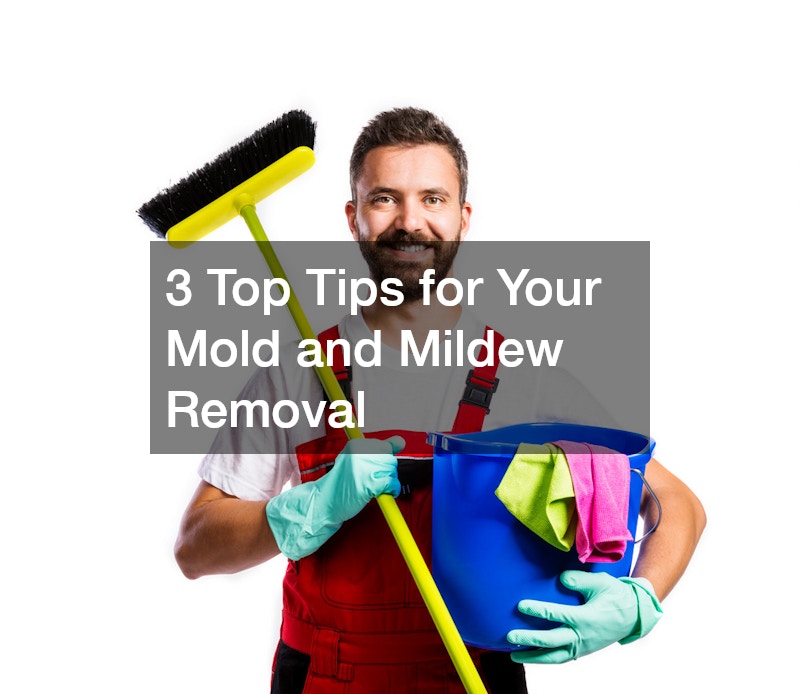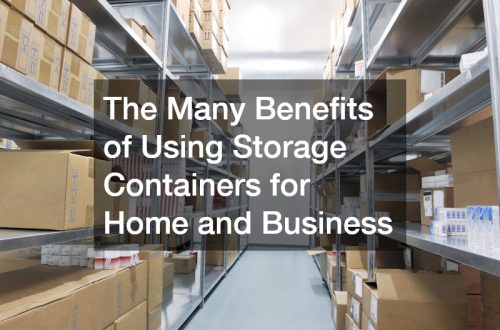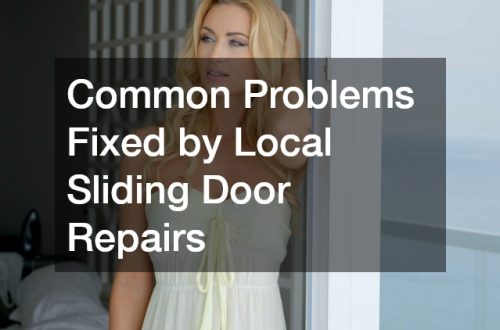In this article, we explore the best practices for tackling mold and mildew in your home. Learn effective strategies to keep your living space clean and healthy by understanding the root causes and choosing the right removal techniques. Mold and mildew are common issues that can affect any household, posing health risks and potential dproperty damage
What Causes Mold and Mildew, and How Can You Prevent It?
The Role of Moisture
Moisture plays a crucial role in mold and mildew growth as both thrive in damp environments. High humidity levels, along with water leaks from pipes or roofs, create conducive conditions for their development. Controlling moisture is key; using dehumidifiers and fixing leaks promptly can significantly reduce the risk of mold growth.
Understanding the sources of moisture in your home is critical. Kitchens, bathrooms, and basements are common areas where humidity levels can rise unchecked. Implementing water-resistant materials and regular inspections of plumbing systems can aid in moisture control.
Condensation from windows and inadequate drying of wet areas also contribute to moisture buildup. Regularly wiping down surfaces and ensuring proper window sealants can help mitigate this issue. Long-term solutions often involve improving the overall drainage system around the property.
Proper Ventilation Practices
Effective ventilation helps in maintaining a dry and mold-free environment. By allowing moisture-laden air to escape, good airflow prevents the buildup of humidity indoors. Incorporating exhaust fans in bathrooms and kitchens can greatly assist in moisture control.
Persistent dampness and poor ventilation can lead to mold proliferation in various home areas. Simple solutions like opening windows when possible and using ceiling fans can increase airflow. Installing internal vents can provide additional pathways for stale, damp air to exit the space.
What Are the Most Effective Mold and Mildew Removal Methods?
Using Commercial Cleaning Products
Commercial cleaning products are formulated to effectively tackle mold and mildew. Popular brands offer a range of sprays and solutions specifically designed to eliminate different types of mold. When using these products, following recommended safety precautions is imperative.
The effectiveness of commercial cleaners often hinges on their active ingredients, which are optimized for tackling microbial growth. Instructions should be adhered to for maximum efficiency, ensuring that cleaners reach all affected surfaces thoroughly. Some products also provide preventive measures, forming a barrier against future mold occurrence.
Safety should always be considered when handling chemical cleaners. Proper ventilation, protective equipment, and adherence to dosage instructions are necessary precautions. Selecting eco-friendly or less-harsh products can also ensure a safer environment post-clean-up.
Homemade Cleaning Solutions
Homemade cleaning solutions offer an accessible and cost-effective method for addressing mold and mildew removal. Household ingredients such as vinegar and baking soda possess properties that can naturally inhibit microbial growth. Despite their accessibility, these solutions require consistent application for tangible results.
Vinegar is especially noted for its antifungal properties, making it a popular choice for DIY mold treatments. Mixing vinegar with equal parts of water creates a simple spray solution that can be applied directly to moldy surfaces. For tougher stains, a paste made from baking soda and water can provide enhanced scrubbing power.
How to Keep Mold and Mildew from Returning?
Long-Term Moisture Control
Ensuring long-term moisture control is fundamental in preventing mold and mildew reoccurrence. Investing in dehumidifiers can help maintain optimal humidity levels within the home. Additionally, enhancing drainage systems around your property can prevent water accumulation, especially in basements or lower levels.
Moisture barriers or sealants can further aid in keeping dampness out, particularly in older homes. Regularly servicing HVAC systems also contributes to maintaining a stable indoor climate, reducing the chances of mold proliferation. Proactive measures in moisture management are crucial for sustaining a mold-free living space.
Regular monitoring of humidity levels can often catch issues before they escalate. Installing hygrometers in high-risk areas like bathrooms and basements can provide instant feedback on moisture levels. These measures, combined with regular maintenance, form a comprehensive strategy against mold re-infestation.
Regular Cleaning and Disinfecting
Routine cleaning and disinfecting play a critical role in preventing mold return. Establishing a weekly cleaning schedule that includes damp and high-use areas is beneficial. Solutions containing antifungal agents can be incorporated into these cleaning routines for enhanced protection.
Focus on areas that are prone to moisture, such as bathroom tiles and window sills. Wiping down these surfaces regularly and ensuring they are dry can significantly reduce the old growth potential. This consistent vigilance is a proactive way to maintain a hygienic home environment.
By understanding the causes of mold and mildew, using effective removal methods, and implementing preventative measures, you can maintain a healthy home environment. Stay proactive to keep mold and mildew at bay. Through regular monitoring and maintenance, your home can remain a clean and safe haven from mold-related issues.
.






